What is the historical significance of the number 86, and why is it associated with various Toyota models?
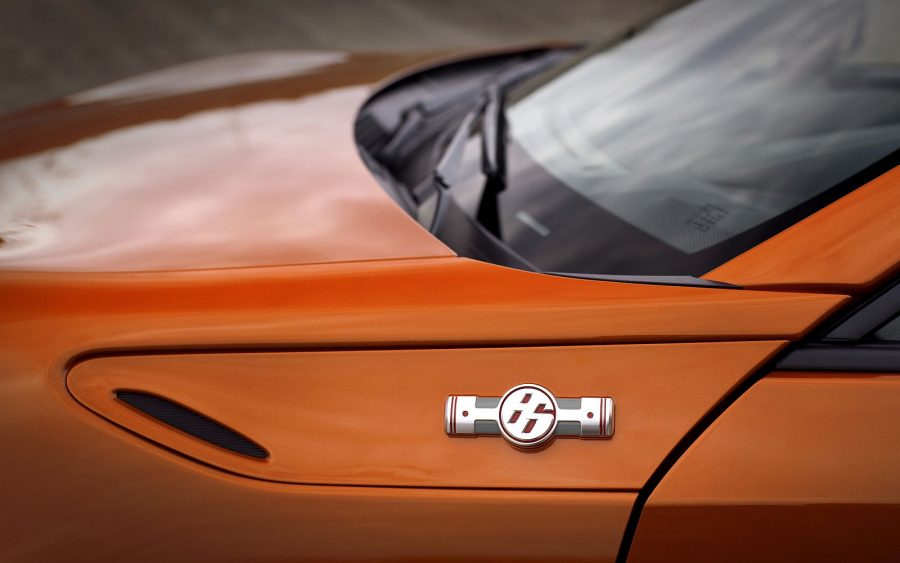
To help answer this question, it is first necessary to understand the basic structure of Toyota chassis codes, as stamped into the VIN (vehicle identification number) plate. Although primarily devised for internal documentation, these four-to-six character patterns are widely used as the quickest and most accurate means of identifying any specific Toyota model. This is particularly important when there are multiple generations and derivations of a model to choose from.

Taking the iconic mid-Eighties Toyota Corolla GT Coupe (above) as an example, the first letter of its four-character chassis code identifies the engine family (A series), while the second letter (E) identifies the model family (Corolla). The third and fourth characters are single digit numbers (8 and 6) and represent the specific generation (fifth) and model derivation (high-performance rear-wheel drive coupe) respectively.
As a result of this coding, Toyota enthusiasts have usually referred to this particular vehicle as the AE86, although Japanese fans went a little further by simply calling it the Hachi-Roku, or Eight-Six. As the reputation of this model grew, so did awareness of its internal coding; to such an extent that the car became better known for its chassis code than the name on its boot lid.
History of Toyota 86: the AE86 Toyota Corolla
The AE86 was something of an anomaly within the fifth-generation Corolla line-up. While the rest of its siblings forged ahead with a modern and all-new front-wheel drive platform, the AE86 was founded on a reworking of its predecessor’s rear-wheel drive chassis. Yet it was still pitched as the top-of-the-range performance model.
Indeed, a contemporary Toyota GB press release asserted that it would appeal to the “out-and-out clubman and motorsport buff who wants a very fast car, which is also capable of quick and inexpensive conversion into a Group A rally machine.”

Under the bonnet was a rally-proven and fuel injected 1.6-litre twin cam 16-valve engine, better known as the 4A-GE. Advertised as the most advanced production engine of its kind in the world, it generated 124bhp and could haul the car to 60mph in 8.3 seconds. Sleek aerodynamics of Cd 0.35 (more efficient than that of a new Porsche 911 Carrera) allowed the AE86 to reach an impressive 122mph.
Toyota’s manufacturing of the AE86 is split into two phases: Zenki (literally ‘early’ model) and Kouki (‘late’ model), and refers to the car’s pre-facelift and post-facelift appearance. The first phase began in August 1983, a couple of months after the launch of the front-wheel drive Corolla models, and concluded in July 1985. The second phase was equal in duration, starting in August 1985 and ending in July 1987.
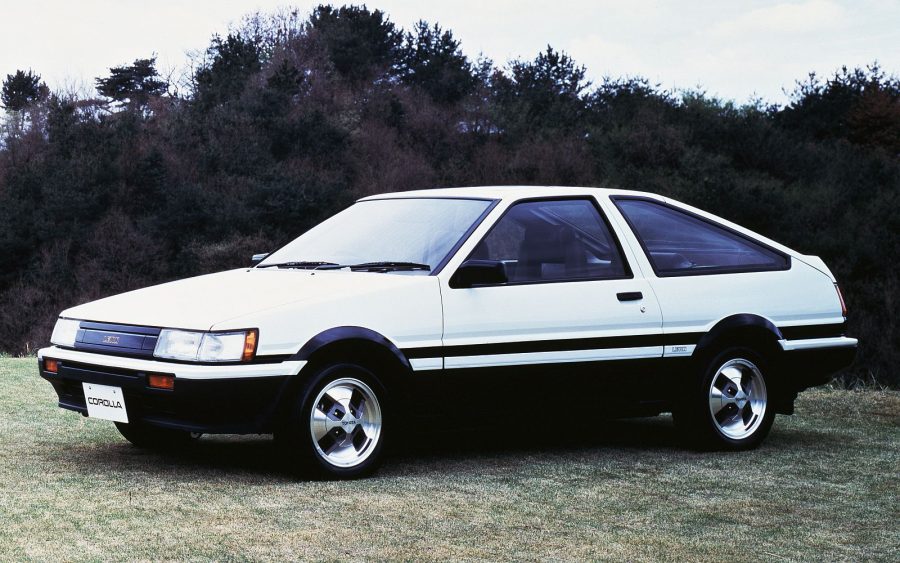
In its home market, the Hachi-Roku was available as a two-door notchback coupe or three-door lift back coupe. Both versions had to be specified with either fixed or retractable headlights, which in turn gave them their Corolla Levin or Sprinter Trueno model names respectively. The UK market only received the fixed headlight three-door coupe in one high-grade trim and it was officially known as the Corolla GT Coupe.
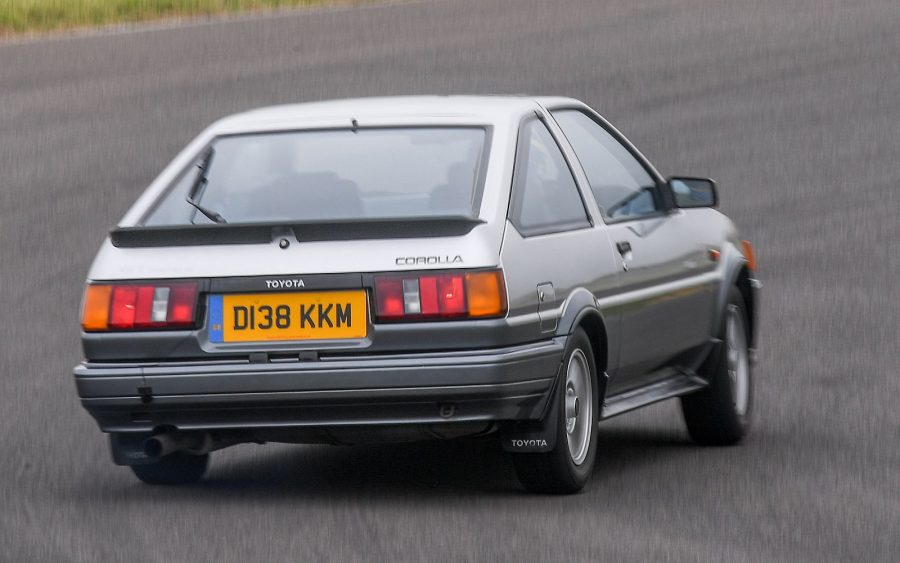
Despite the fact that development of the AE86 was rooted in cost-cutting, its giant-killing performance in motorsport – and more latterly drift culture – has made it the most enduringly cherished version of its entire generation as well as a cult icon.
History of Toyota 86: engines
By happy coincidence, some of Toyota’s most iconic performance engines have benefited from a close association with the number 86. It’s not obvious from the outside but the bore diameter and stroke length of each cylinder in engines such as the 2.0-litre 3S-GTE (MR2 Turbo and Celica GT-Four), 3.0-litre 2JZ-GTE (fourth-gen Supra) and 2.0-litre 4U-GSE (GT86) measures exactly 86mm.
Why is this important? The relationship between bore diameter and stroke length creates different engine characteristics. Broadly speaking, an engine with an ‘oversquare’ ratio (larger bore, shorter stroke) prioritises power over torque, while an ‘undersquare’ ratio (smaller bore, longer stroke) reverses this priority.
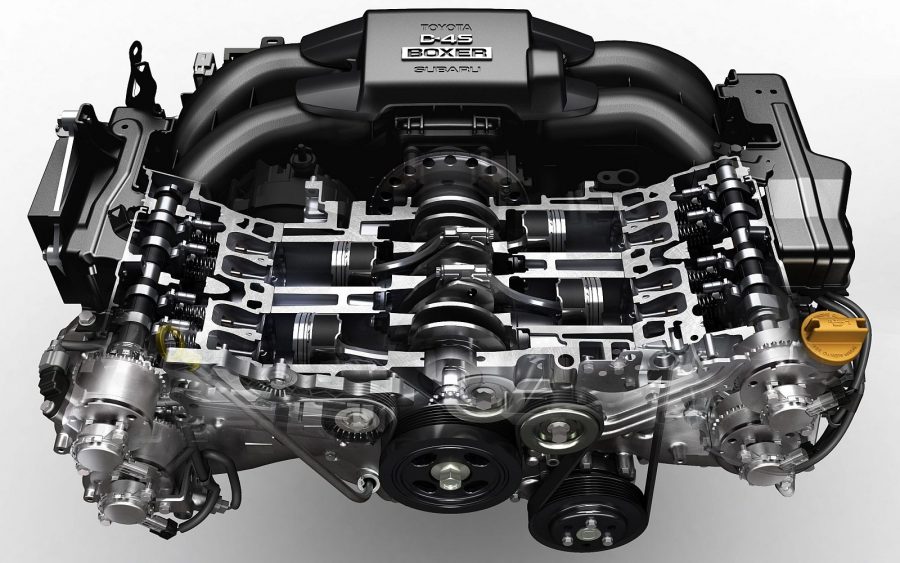
Sitting between these two types is the ‘square’ engine, which uses identical bore and stroke values to engineer a careful compromise between power and torque, while offering a similar balance between valve size, piston speed and crank stress.
Such characteristics makes the equal bore/stroke ratio of a square engine ideal for Toyota’s high-performance road cars, while the precise value of 86mm is necessary to create the individual cylinder displacement of 500cc needed in 2.0-litre four-cylinder and 3.0-litre six-cylinder engines.
History of Toyota 86: the Toyota GT86
The arrival of the GT86 was teased like no other car in Toyota’s modern history. A succession of concept cars gradually purified the front engine, rear-wheel drive formula into a machine that recaptured the classic sports car experience of its celebrated ancestor, the AE86. So significant was the old Hachi-Roku that the in-house development code for the new coupe was 086A.

Since the demise of the MR2 and Supra, Toyota’s passenger cars had become entirely front-wheel drive, so the new GT86 was developed on a bespoke platform and bodyshell that preserved three key elements: rear-wheel drive, natural aspiration and ordinary tyres. In addition, the use of electronic control devices were minimised in order to support the aim of the car being entirely driver-focused and simple to personalise.
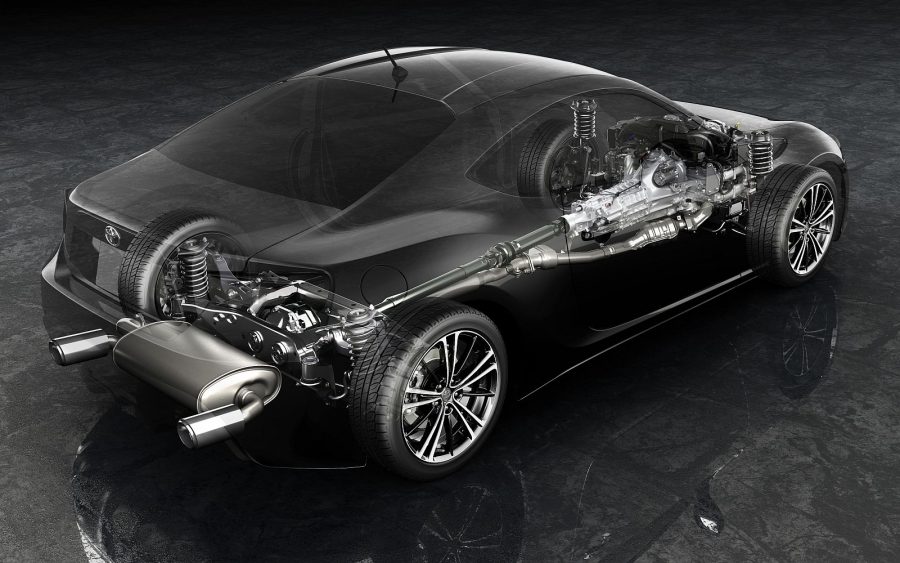
Its design was based on the concept of ‘Neo Functionalism’, which verbalised the fact that the car’s driving quality and aesthetic appearance was part of its functionality. As a result, its overall styling was intentionally reminiscent of the iconic Toyota 2000GT, while the specific shapes and forms all served an aerodynamic function. A development concept called ‘aero sandwiching’ was used to ensure the car was pushed from the top, bottom and sides to stabilise it vertically and horizontally – an obvious example being the centre channel sunk into the pagoda-style roof.

Inside, the focus on functionality was evident in the horizontal dashboard design, which helped communicate the vehicle’s roll posture to the driver. Similarly, its symmetrical layout and centre mark on the front upper edge of the dashboard was designed to help the driver pinpoint the centre line on track days. A small steering wheel and ultra-low seat height were specifically set for sports driving. And although the back seats weren’t comfortable for adults, once the rear seat back was dropped down there was sufficient space in the luggage compartment to carry four spare wheels.
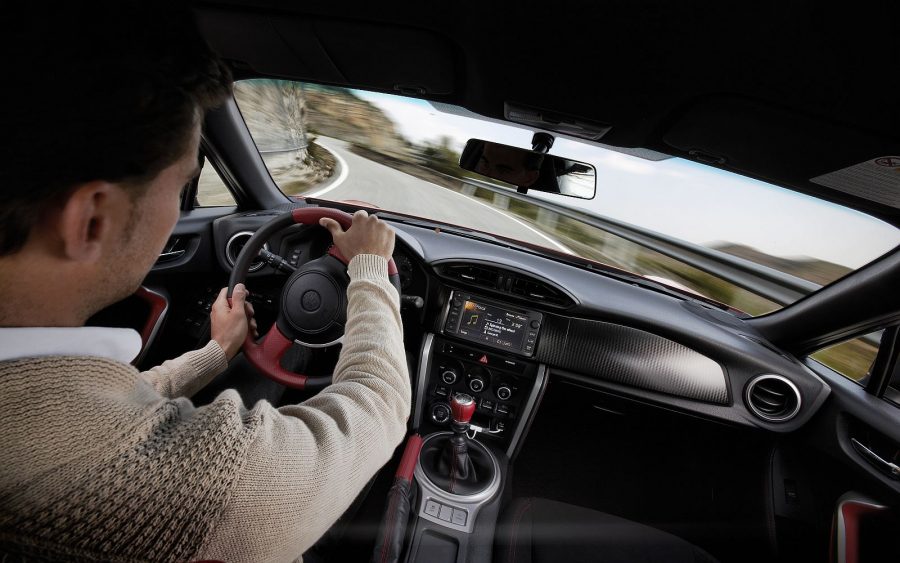
In terms of heritage, the GT86’s adoption of a horizontally opposed ‘boxer’ engine could be traced back to the Toyota Sports 800 of the 1960s. But this 2.0-litre four-cylinder engine was actually a new unit from co-developer Subaru, and Toyota’s specific input came from pairing this base with its acclaimed D-4S direct injection. This presented a considerable challenge, as the timing strategy for injecting fuel directly into the combustion chamber is much tighter than for fuel injected into the port, and that window of time is further reduced with high engine revolutions. The new 4U-GSE with its 7,400rpm red line therefore represented a high-revving world-first in direct injection technology.

By keeping 91% of the GT86’s components unique to the model, Toyota was able to achieve a low 1,240kg kerb weight, 459mm centre of gravity, and an ideal 53:47 front/rear weight distribution. Importantly, however, Toyota’s engineers determined that the car’s dynamic potential should not rely on high-performance footwear, so the car was fitted with the same low rolling resistance tyres as the contemporary Prius. These allowed the driver to exploit the potential of the chassis and suspension at modest speeds – mimicking the accessibility and have-a-go spirit of the AE86.

UK deliveries of the Toyota GT86 commenced in July 2012. But even before its official European launch, the new car was a double class winner in the 2012 24 Hours of Nürburgring, while chief engineer Tetsuya Tada (above) was awarded Dynamicist of the Year in recognition of his role in creating a car that, as one of the judges put it, “eschews the never-ending quest for ultimate grip in favour of balance, response and driving pleasure at realistic road speeds.”

From January 2015, the GT86 enjoyed its first major refresh. Every car was now equipped with a shark fin roof antenna, tyre pressure warning system, and carbon fibre-effect finish for the instrument panel. More significantly, perhaps, the UK model range was expanded to make the coupe accessible to a wider audience.

An entry-level Primo grade (above) was introduced, which cut the cost of getting behind the wheel of a new GT86 by more than £2,000. The eponymous GT86 remained the core model, while a new Aero grade added a full body kit, including a high-level rear wing and 18-inch OZ Ultraleggera alloy wheels to enhance its appearance. Toyota also took this opportunity to introduce the vibrant yellow GT86 Giallo edition (below), strictly limited to just 86 examples in the UK.
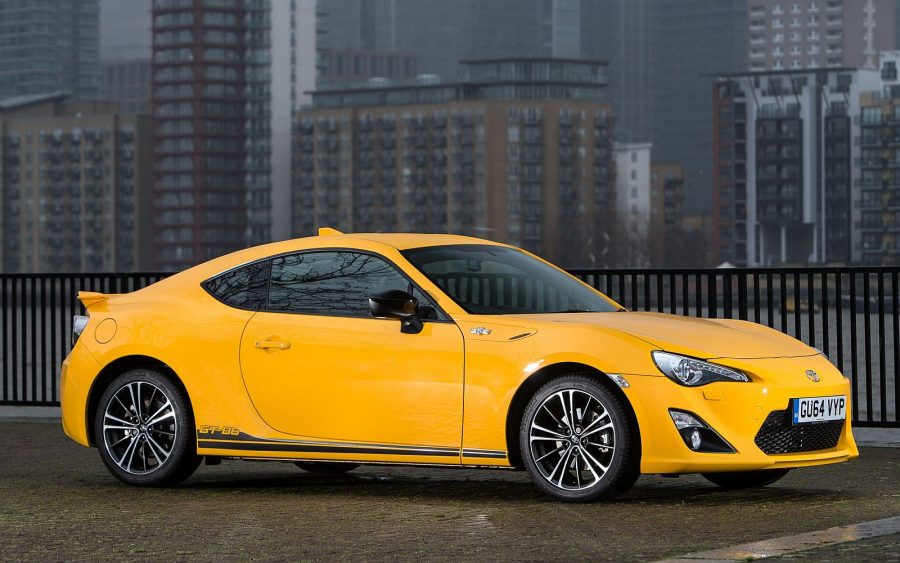
The second and final refresh became available in the UK from October 2016 for the 2017 model year, simultaneously slimming the trim range down to GT86 and the higher specification GT86 Pro. However, potential buyers were occasionally tempted with enhanced Club Series special editions.

It was a thorough revision led once again by chief engineer Tada, who declared this of the GT86’s new dynamic character: “We’ve remade everything. The biggest point I wanted to improve was the car’s responsiveness – on and off acceleration, turning in and turning out, and the speed and naturalness of its reactions. This has partly come from modifying the dampers and springs, but the biggest point of influence has been in aerodynamics and the way this affects the suspension.”
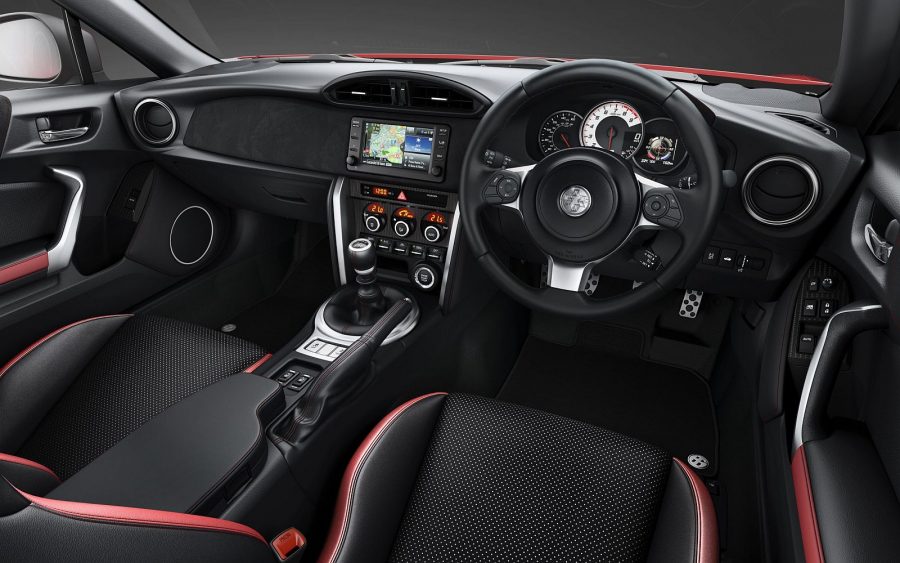
Visually, cars from 2017 onwards can be identified by the two ‘teeth’ along the lower edge of the enlarged grille, restyled light units and stabilising fins at the top of the front wings. Inside, the steering wheel got even smaller, while the multimedia system got larger. In terms of electronics, a selectable Track mode let the driver adjust the level of stability and traction control, including a fully off option.

This last hurrah for the GT86 concluded in the UK February 2021 when Toyota sold its last example, setting the seal on almost nine years of unadulterated driving fun. In that time the GT86 amassed almost 7,500 sales (more than 200,000 worldwide) and established a popular reputation far beyond those fortunate enough to buy and drive one. Of course, this was not the end of the story, as the next chapter of 86 was about to unfold…

History of Toyota 86: the Toyota GR86
The all-new GR86 is the third model in Toyota’s global GR portfolio, joining the widely acclaimed GR Supra and GR Yaris. It inherits the essential fun-to-drive characteristics of the original GT86, and thanks to extensive use of aluminium in its construction is predicted to be the lightest four-seat coupe in its class.
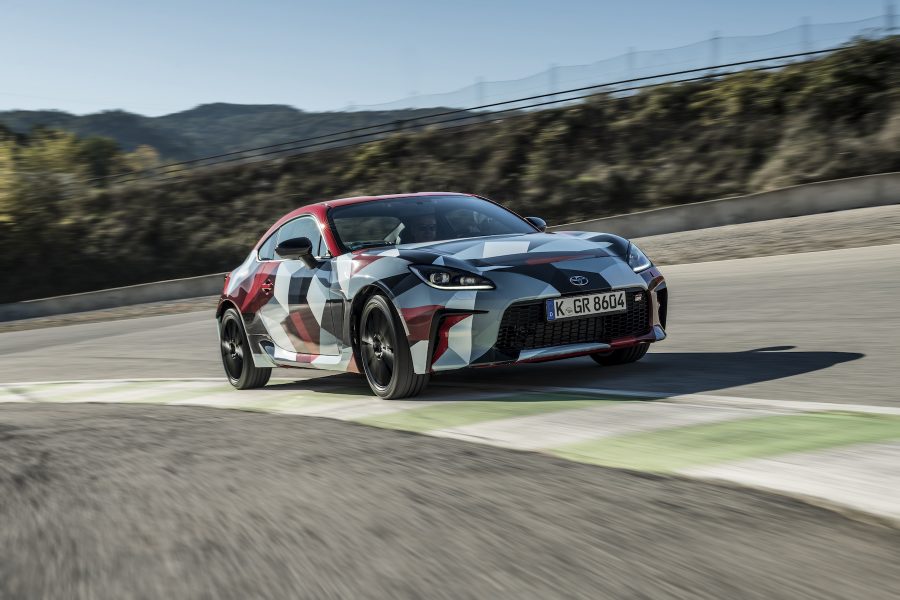
Although dimensionally almost identical to its predecessor, the two areas that have increased are engine displacement and torsional rigidity – a new 2.4-litre ‘boxer’ engine bringing a welcome shove of torque much lower down in the rev range, while a 50% stiffer bodyshell delivers even sharper handling and steering.
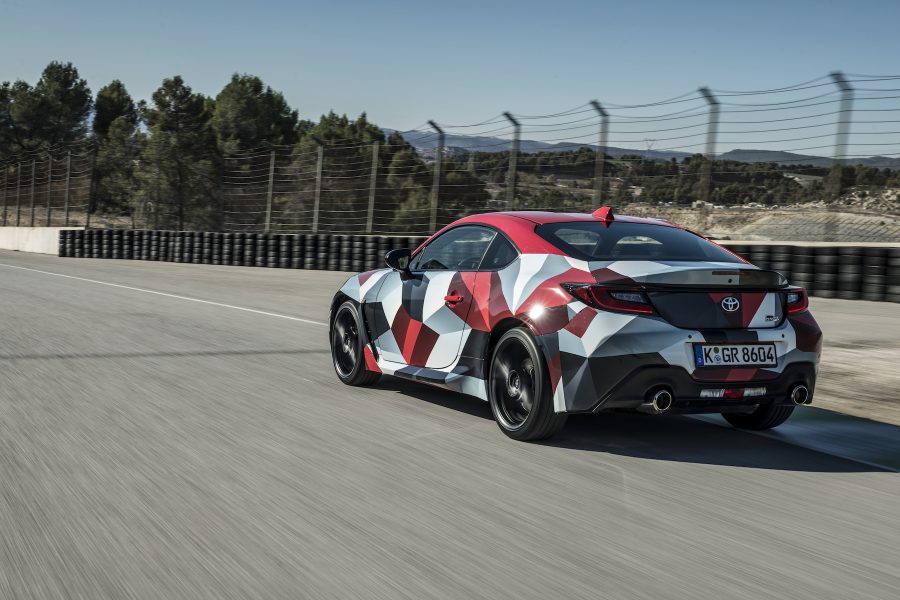
Recreating the same pre-launch media buzz as the GT86 a decade previously, the new GR86 has won critical acclaim across the board and looks set to take the Hachi-Roku to the next level when it arrives in 2022.


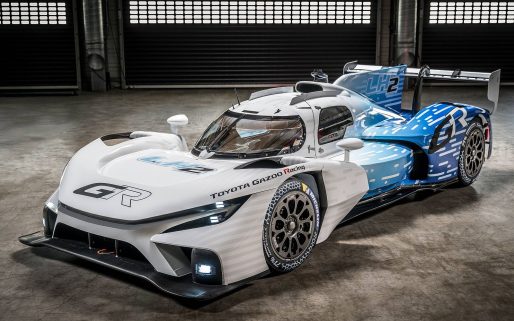


Nice info
Wonderful post, thank you